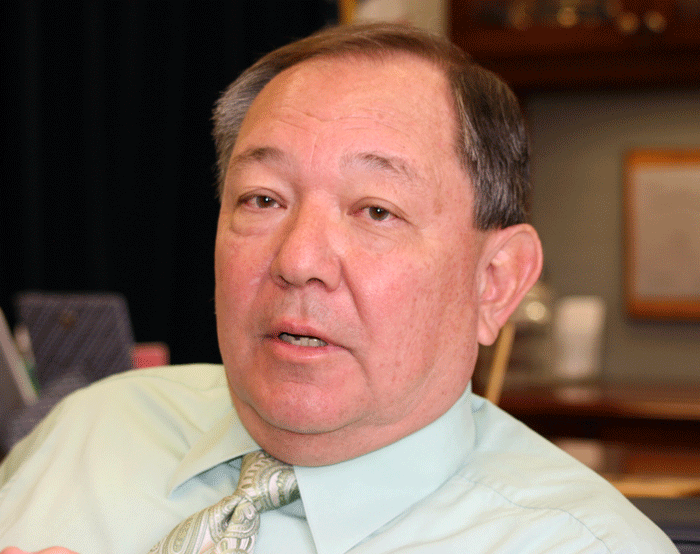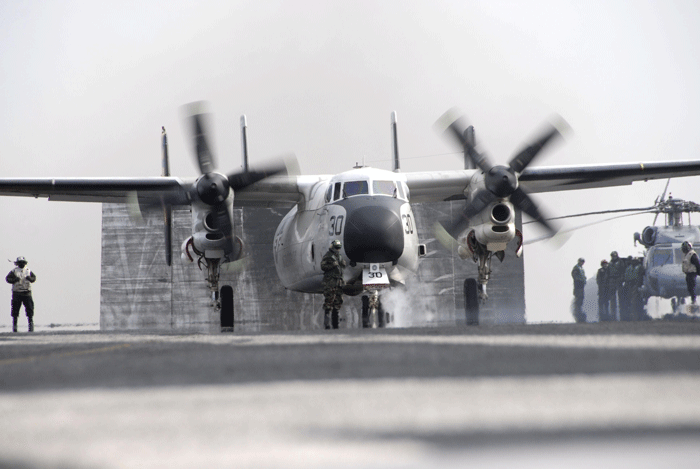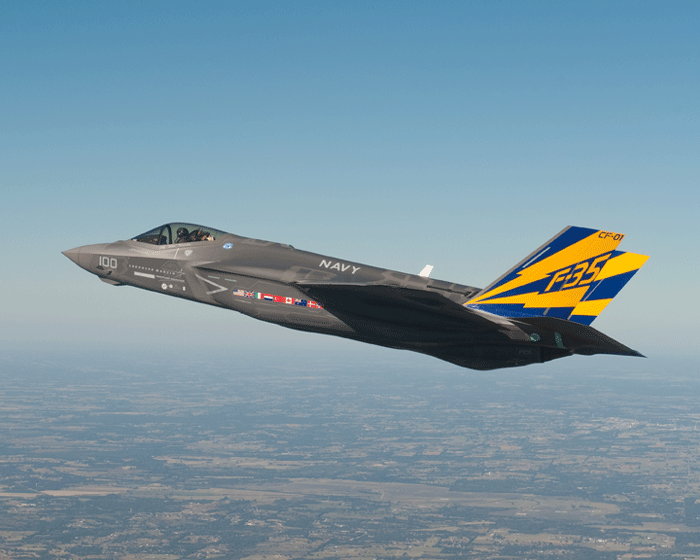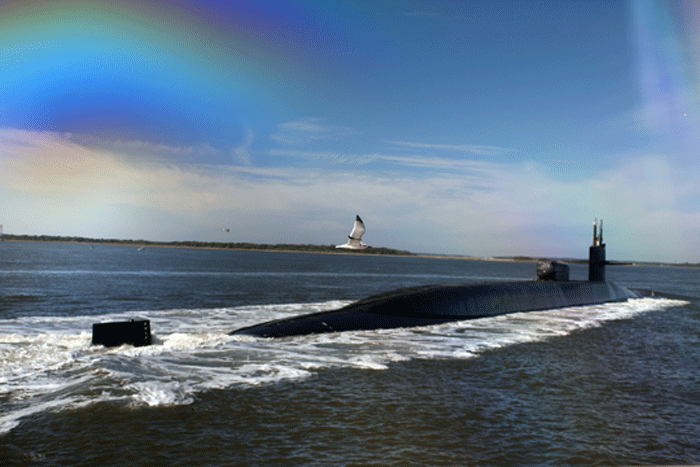The Role of the Global Mobility Enterprise
An Interview With Lieutenant-General Allardice
SLD visited Tanker Airlift Control Center (TACC) and several inputs from practitioners of the art of global mobility have provided interviews which will be posted over the next few weeks.
05/11/2011 – In preparation for Second Line of Defense’s visit to Scott AFB and the 618th Air and Space Operations Center (Tanker Airlift Control Center) which took place in April 2011, Lieutenant- General Allardice provided an overview and analysis of the role of the Global Mobility Enterprise as the backbone for joint military operations worldwide. Lieutenant-General Robert R. Allardice is the Commander, 18th Air Force, Scott Air Force Base, Ill. As Air Mobility Command’s sole warfighting numbered air force, 18th Air Force is responsible for the command’s worldwide operational mission. With more than 43,000 active-duty Airmen and 1,300 airlift and air refueling aircraft, 18th Air Force manages a streamlined organization that focuses the air mobility warfighting capability through the 618th Tanker Airlift Control Center (TACC), two expeditionary mobility task forces, 15 wings and two stand-alone groups.
The 18th Air Force and the TACC are true CONOPS commands. They organize U.S. tanker, airlift and inter-theater aeromedical evacuation capabilities worldwide. As such they manage the inevitable trade-offs between priorities and resources, as well as eke out capacity from a significantly aging fleet. It is also not generally realized that as warfighting strategy has evolved, the demand on these assets has gone up and their engagement OVER the battlefield has been enhanced as well. Historically, lift and tanking have been behind the front to support forces fighting forward. As the front and the rear become more of a marble cake, the insertion of force –including lift and tanking – has altered the deployed force mix. This in turn has accelerated the pressures on the fleet. Through a collaborative enterprise management system, the command has been able to much more effectively balance fleet capacity against requirements than they would be able to do without such tools. The Null hypothesis would prove that we would already have experienced inabilities to deploy if we did not have a robust fleet management system.
 In the aftermath of the devastating earthquake that struck Haiti on Jan. 12, nearly 70 members of the 615th Contingency Response Wing deployed to the Dominican Republic in support of Operation Unified Response
In the aftermath of the devastating earthquake that struck Haiti on Jan. 12, nearly 70 members of the 615th Contingency Response Wing deployed to the Dominican Republic in support of Operation Unified Response
Photo Credit: Contingency Response Wing, USAF
SLD: Could you provide our readers with a sense of the mission of the Command and how you have organized to execute the mission?
General Allardice: What we do and the “why” of our existence at the 18th Air Force level is to set the global mobility enterprise up for success. In simple terms we are the warfighting headquarters for AMC. What that means is that we support General Johns’ AFTRANS role by providing a robust mobility capability to the combatant commanders through U.S. Transportation Command. In practical terms, the first component of the enterprise is our active, reserve and guard air mobility wings in the continental United States. They generate the airplanes, the crews to fly them, and then of course, they generate airmen that deploy out into the world to support a variety of Air Force missions, many of which directly support our global mobility enterprise.
Another key piece of the global enterprise is our two air mobility operations wings. They support the enroute structure, 16 main enroute locations and numerous other bases operating worldwide in the Pacific, throughout Europe, and in the Mideast. It’s a fairly lean organization, ranging from small, two-person detachments all the way up to robust squadrons. They’re the ones that catch the airplanes, refuel the airplanes, and fix the airplanes. If a crew needs rest, they’ll make sure there’s billeting for them, and they’ll run a crew stage. Simplistically, what I say is they accelerate the flow of iron throughout the world. The third major piece is our contingency response wings, CRWs, and that’s the expeditionary part. They’re not fixed. The CRWs are made up of a variety of small teams, but in many ways the crown jewel is the contingency response group. These are the expeditionary groups that can go out and open up a bare base anywhere in the world. They are self-contained organizations, about 110 people. Their whole purpose is to act as a forward hub so that our airplanes can flow in, perform their mobility mission and flow back out again.
Simplistically, what I say is they accelerate the flow of iron throughout the world.
A key element of a contingency response wing is the mobility experts it provides to augment air operations centers, AOCs, throughout the world. For example, in the recent confluence of operations we were able to insert our mobility experts to plan and help organize our response to the concurrent demand. What we did with the Japan response, with the Libya response, with Southern Command where we had presidential lift requirements, and our ongoing support to Central Command, was to populate the enterprise with mobility planners from the CRWs. All of this is pulled together in two layers. Operationally we pull it together at 18th Air Force. Every day at 10 a.m. we bring together the enterprise, on a classified system where we talk about global operations.
SLD: I assume that meeting focuses upon managing the mismatch or the challenge of matching needs with capabilities, deployed capabilities?
General Allardice: Absolutely. That’s exactly what we do, and at the TACC, they pull together the execution side of the effort. At the headquarters where I sit, our job is to set the enterprise up for success. TACC’s job is to execute within that enterprise.My staff is very small. We only have about 40 people, and their task is to facilitate collaboration to shape the enterprise. At TACC, they have the cross-functional experts that execute the plan.
SLD: Could you give us a sense of how you handled all the concurrent crises in the past month?
General Allardice: The events of March give you an idea of how we balance capacity vs. requirements and swing from one theater to the next. On the basis of the approach and focus which I just described, at least once a week we look at what we’ll call our enterprise in the United States, our enterprise to the West, the Pacific, and our enterprise to the East. When we look at the entire enterprise we look at the capacity of each of the places we’re operating from, our hubs or lily pads, and we consider the following elements: We look at whether we have the right people, the right airmen, in place to perform the mission. Do we have the right equipment in place to perform the mission? Do we have the right infrastructure at a particular location to perform the mission? And do we have the right command and control systems in place to perform the mission?
Last year for example, we were flowing supplies to Central Command through Ramstein Air Base, Germany, and then the volcano went off, so immediately we wanted to start moving our flow. We looked at locations and said, “How much capacity would we need there?” Normally, we only needed to have two or three airplanes a day at a specific location but then suddenly we needed the capacity to flow to about 10 to 12 airplanes a day. Although we had the equipment in place, we didn’t have enough airmen and our command and control system needed a little more robustness, so we immediately moved resources down from Ramstein to augment that capacity. And then a week later when the volcano got even worse, we decided that we needed to flow not to the East, but that we would go around the world the other way through the Pacific, through a forward operating base in the Indian Ocean and up into Afghanistan.
We did the exact same thing. We looked at our enterprise. We saw what we had in place. We noted that we needed to augment the enterprise, and so we populated specific bases in a way that was sufficient to bring them up to the capacity that we required. We just turned on a dime and went the other direction and executed the mission that way. That was last year’s example.
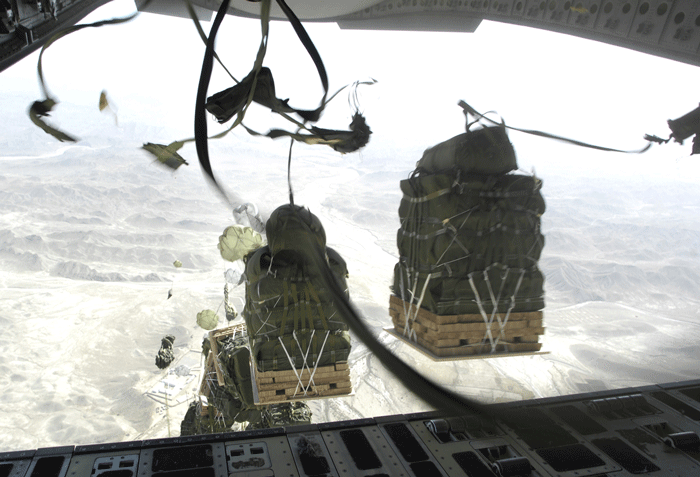 C-17 Air Drop over Afghanistan
C-17 Air Drop over Afghanistan
Credit: US Central Command Air Forces: 10/11/07
We started the year in kind of a relatively easy pace, but of course, you know we have a heavy commitment to Central Command. We’re flying multiple missions into Central Command every day. From here we’re executing the C-17 airdrop mission. Every day we have at least two missions that airdrop in Afghanistan. On top of that we have all the other mobility aircraft, both commercial and gray tails, that are flying into Afghanistan. In addition to the very heavy commitment supporting Central Command, the President went to South America, and that requires us to do the prepositioning and depositioning for that mission set. We immediately identified eight different locations that we needed to have mobility expertise. We provided the appropriate capacity from the enterprise. We set up a Director of Mobility Forces at AFSOUTH to ensure that we had the right mobility expertise there, and we ran an enterprise south to make sure that the missions getting in place and coming back out worked properly. All of these combined efforts put us near our normal max capacity, and then the Middle East heated up.
As soon as we saw what was happening in Egypt we sent mobility experts to Central Command to look at the potential mobility implications. And then Libya started to kick up so we sent planners to AFRICOM to start planning either air refueling and/or airlift missions in case we had to respond. In other words, we looked at the enterprise to determine what we would need to respond to a Libyan crisis. We started identifying the different hubs we would require, what capacity we thought we would need, and we started to align ourselves to be prepared to flow forces there.
SLD: The focus is upon the hub for going from point A to point B, and you have to determine what assets you need en route to support an anticipated level of surging and force?
General Allardice: Right and I’ll give you an example. When the situation in Libya started to evolve, it became evident we were going to have support operations with air refueling. We grabbed the refuelers that we were using to move fighters back and forth and placed them in Europe. We called up the air reserve component, the National Guard and Air Force Reserve Command, and asked them if they could generate a couple squadrons worth, and within about 18 hours, said go. We could do a quick assessment, place assets, and rapidly generate the capacity we needed.
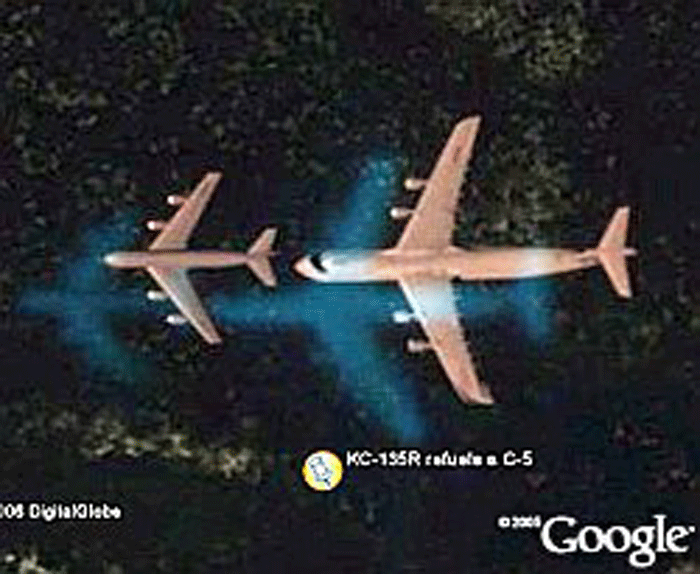
Credit: C-5 Seen being Refueled by KC-135, Google Earth
At the same time, we didn’t drop a single sortie for Central Command. We didn’t drop a sortie going to Southern Command. When we had the earthquake on the 11th of March in Japan, we did the same thing. We sent planners out. We placed them at several different locations: U.S. Forces, Japan; Task Force 519; Task Force 505; and then at PACAF. We sent our liaisons and our mobility planners out so that we could effectively respond to the triple “Black Swan” threat that emerged: the earthquake and the tsunami followed by the reactor issues. All those things caused complexity in the problem set, and we kept adjusting our capacity based on the need. In some cases it was gray tail airplanes. In some places it was just mobility planners. When the Secretary of Defense signed the authorized voluntary departures for the return of the dependents out of Japan, we contracted civilian aircraft to go out and pick people up, and brought them back through SeaTac with military augmentation from McChord AFB, Washington, as well as through Travis Air Force Base, California. All those things we coordinated and moved people around, in order to be in the right place right time. And of course everything I’m telling you here, when I say “we”, it’s the big WE. Total force. We had the Guard, the Reserve and the active duty forces all involved.
Let me give you three examples:
First, the Director of Mobility Forces for the Japan operation was a reserve Brigadier General, Arlo Guthrie. He was in an exercise in Korea. He had just flown all the way back to Florida when I reached him. He was actually picking up his bags in Florida, and I said to him, “Hey, Arlo. Where are you?” “Well sir, I’m actually getting my bags.” I then said “Well get back on an airplane and fly back to Hawaii because we need you there.” And so this great, reserve general officer went right back out and he was our Director for Mobility Forces there.
Second, the person we have with NATO as our liaison is a guard wing commander out of Lincoln, Nebraska.
Third, the general that we picked out to be our expeditionary refueling wing commander was a guard wing commander from Pittsburgh.
So when I say a total force, I mean total force.
All those things we coordinated and moved people around, in order to be in the right place right time. And of course everything I’m telling you here, when I say “we”, it’s the big WE. Total force. We had the Guard, the Reserve and the active duty forces all involved. (…) So when I say a total force, I mean total force.
Given the flexibility of our approach we can scale to task. We conduct assessments on the capacity we need, almost daily. For example, we might ask “How much capacity do we need to support this operation at Libya?” We also moved several thousand people out of Japan. We provided planners and some airlift to support Japan, and now that the operation has dwindled down we’ve pulled our planners back out. We’re drawing down that enterprise as quickly as we can because we don’t need it anymore. On the other side of the earth we’re watching our Libya support very carefully and we’re trying to determine how much capacity we need there.
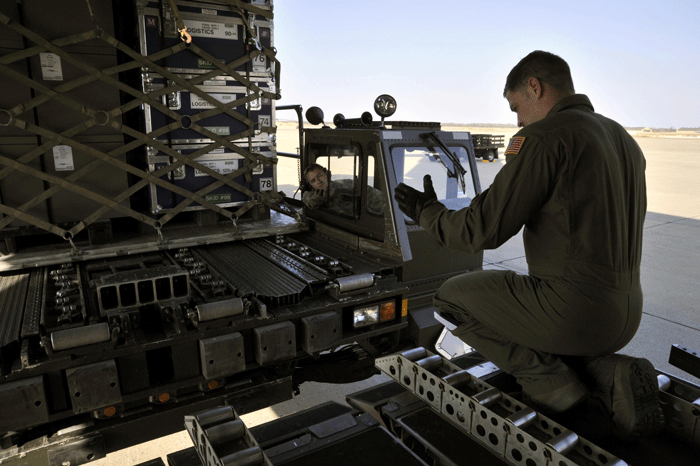
Staff Sgt. Nick Kolesnikov, 3rd Airlift Squadron loadmaster, marshals a loader carrying rescue equipment to the ramp of a C-17 Globemaster III, March 12, at Joint Base Andrews, Md. Air transportation airmen from the 89th Aerial Port Squadron at Joint Base Andrews created 14 pallets of technical search and rescue gear, to include inflatable swift-water rescue boats, generators, trench rescue and cutting equipment.
Credit: 11th Wing Public Affairs: 3/12/11
So what we do at 18th Air Force is try to continually assess the enterprise’s capacity and make the necessary adjustments to that capacity. What General Cox does at the TACC is execute within that capacity. And if he thinks that he’s got a shortage or something going on one place or another, he’ll bring it up to the enterprise, and so when we have these collaborative sessions, we sort out priorities. These sessions are like a classified version of GoToMeeting.com. It’s basically a slideshow on the computer. During the height of the concurrency of events last month, we had 134 different nodes worldwide plugged in.
For example, during a typical conversation, the person in Southern Europe will say, “Hey, I have an issue here.” The Director of Mobility Forces up in Germany will say, “Well this is what I think I know.” The guy supporting NATO will say, “Well here’s the other side of that,” and then the guy in the NATO air operations center in Italy will come back online and he’ll readjust. And then back here in the TACC, they’ll say, “Well here’s what we’ll do to solve that,” and an issue will get solved in about 30 seconds during the enterprise discussion. Then all of the people in the subnets below, they hear that conversation. They understand commander’s intent. They understand the capacity directives, and they’ll spend the next 24 hours executing based on the conversations they heard. It is a collaborative enterprise in action.
SLD: If you did nothing but lift and tank to Afghanistan and Iraq, that would be a miraculous enough, and then the idea that you have multiple “Black Swans” as you’re describing is even more challenging. The shortfalls have to be clearly there, and so then you have to manage to priorities obviously as well. It seems you’ve crafted a system that would get best value out of any of the new assets that will be inserted into the fleet.
General Allardice: As we shape our collaborative efforts, we clearly feel dedicated to the effort to maximize the taxpayer’s investment, and I mean that in terms of both the iron and the aircrews. You want to squeeze every bit you can out of every airframe.
SLD: And unfortunately, that’s what you’re forced to do, notably given the age of the tanker fleet.
General Allardice: I’m qualified in the KC-135, and when I flew the first one, it was born the same year I was, and I wish I was still a very young man.
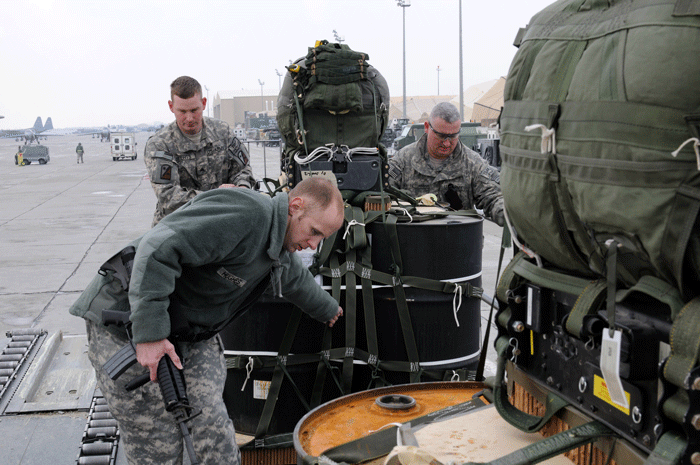
Chief Warrant Officer 3 Joshua Hughes, aerial delivery for the 101st Sustainment Brigade, Sgt. Samuel Geerts, a rigger for the 11th Quartermaster Detachment, and Col. Michael Peterman, the commander of the 101st Sust. Bde, load bundles of fuel on to a truck as part of an aerial delivery using the Joint Precision Air Drop System
Credit: 101st Sustainment Brigade, 101st Airborne Division Public Affairs, 03/01/11
SLD: And the age of the fleet clearly affects readiness and availability and makes planning more difficult as well. The downtime and maintainability of the older aircraft really do affect availability rates.
General Allardice: Absolutely. I think that in our calculus, we have to look at non-mobilized and mobilized, partially mobilized and fully mobilized, and contingency because you need to look at a system capacity…and that’s what we pay attention to. Obviously, we want to operate at a certain capacity, and then if a demand goes up like it did during the simultaneous Libya, presidential lift, and Japanese events, we had a situation where we had to generate capacity beyond normal levels. In fact, we generated beyond what we normally consider mobilization triggers. None of these three situations endured, so we were able to get up quickly and come back down. But at some point you hit a finite ceiling that you’re not going to be able to press past without full mobilization. If you surge an airplane that has an 85% mission capability rate, you surge it and push it to 100%. The general rule of thumb is it’s going to buy back that extra 15% eventually, so we may be able to get 100% for 30 days, 60 days, but then it’s going to drop down to 60% to make up for the surge. After all, it’s the average. And the older the system gets, the more time it needs in depot. The more we surge it, the more depot time we need as well.
SLD: And air mobility has become central to the way we fight, to the way we do air operations currently. And the fraying of the infrastructure has its impact.
General Allardice: I think that the mobility system is a key part of how we fight. We depend upon rapidly getting to the fight, and that’s totally based on the capability of global reach. Many people like the outcome but may not fully understand and appreciate the cost of that and how much we’re cutting the margin as we continue to age the fleet.
SLD: Could you talk about the whole revolution in airdropping?
General Allardice: Absolutely. Right now, I would say we are in the longest sustained airdrop in history. Since 2005, we’ve been airdropping virtually every day. We’ve doubled or tripled our load every year since then. Last year we dropped about 60 million pounds of supplies. This year we’ll exceed 100 million. The interesting thing is the revolution or leaps in the technology of not just the delivery but the rigging, as well as our understanding of collateral damage, et cetera. We understand that when you’re dropping a pallet if it goes off the drop zone or even if it’s on the drop zone, if it kills somebody that’s no different than if a bomb killed somebody, so we really focus on that. I think there’s been a tremendous revolution and improvement in our airdrop rigging, and accuracy; and when you get into the Joint Precision Airdrop System, the JPAS, that’s even higher.
SLD: When you put that data out there about air dropping trends, it’s impressive in and of itself, but when you think of the CONOPS implications they are significant as well. I don’t even need to use roads to actually start inserting a force. Interestingly for the Marines when they’re looking at the amphibious ready group (ARG) and what they could do with the future ARG, with their MC-130Js that can land in 3,000 feet or less, the Ospreys and the B’s that they could put basically on almost any paved highway worldwide. They could be anywhere in the world, and then people say, “Well how would you supply them,” and I would say, “Well what do you think we’ve been doing in the last ten years?” So if we marry up this revolutionary air dropping capability with projection of force from the sea, we could have a much more flexible and powerful insertion force if we wanted to.
General Allardice: I agree. Our new air dropping capabilities can be used to support our global operations in new and innovative ways. And honestly, innovation is really the essential takeaway. Through collaboration we are able to optimize the performance of the global mobility enterprise and orient it toward the effect we need. There will always be a tension between capacity and requirements, but we have found a way to manage it that allows us to respond rapidly and address those tensions in ways that would be much more difficult without the processes we have in place.
There will always be a tension between capacity and requirements, but we have found a way to manage it that allows us to respond rapidly and address those tensions in ways that would be much more difficult without the processes we have in place.
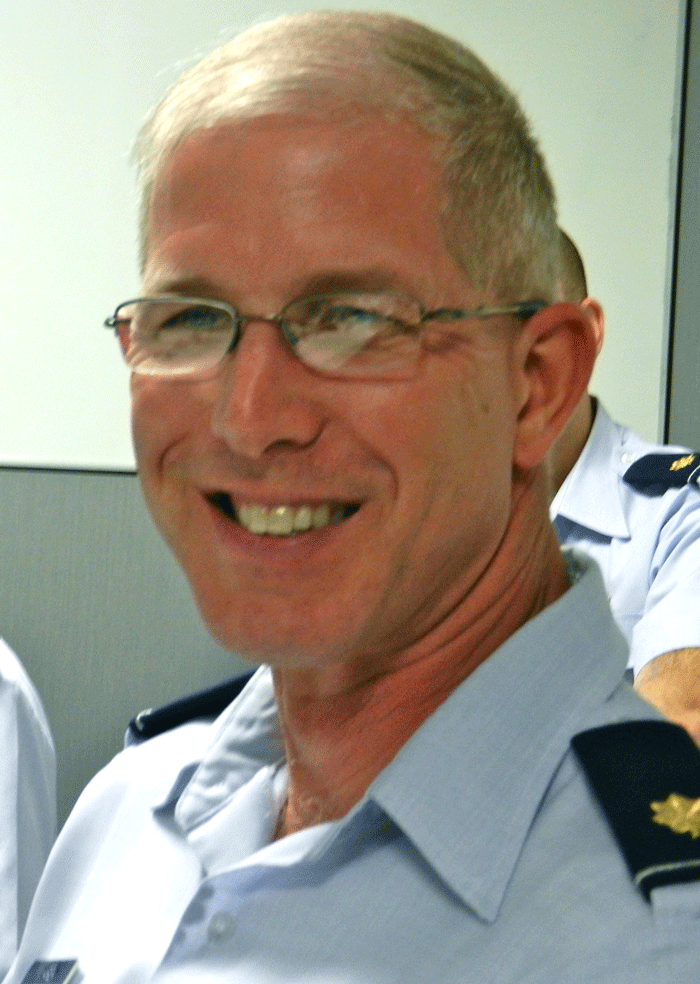



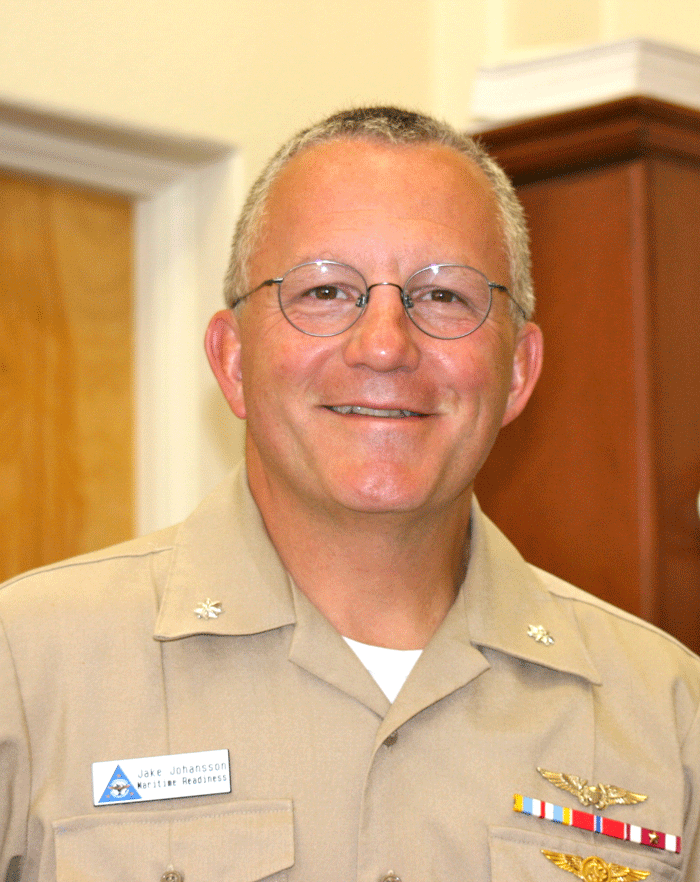
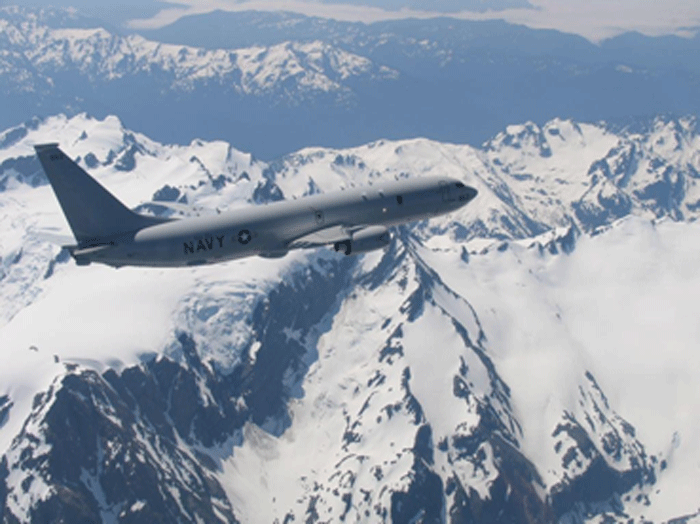
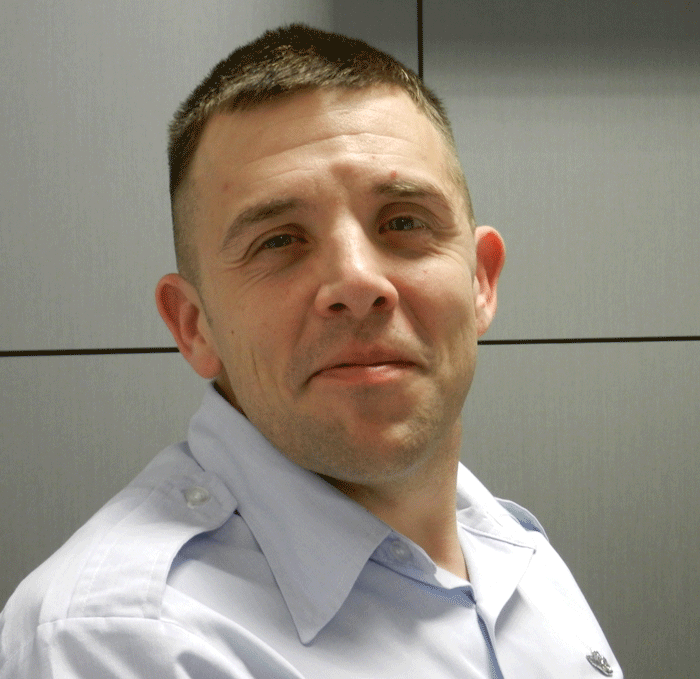
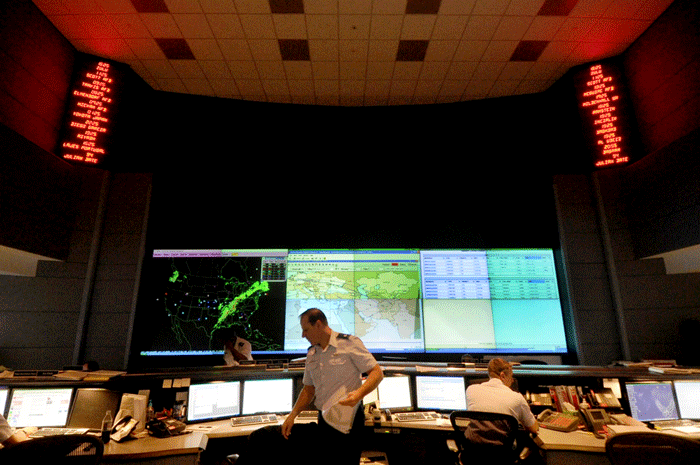
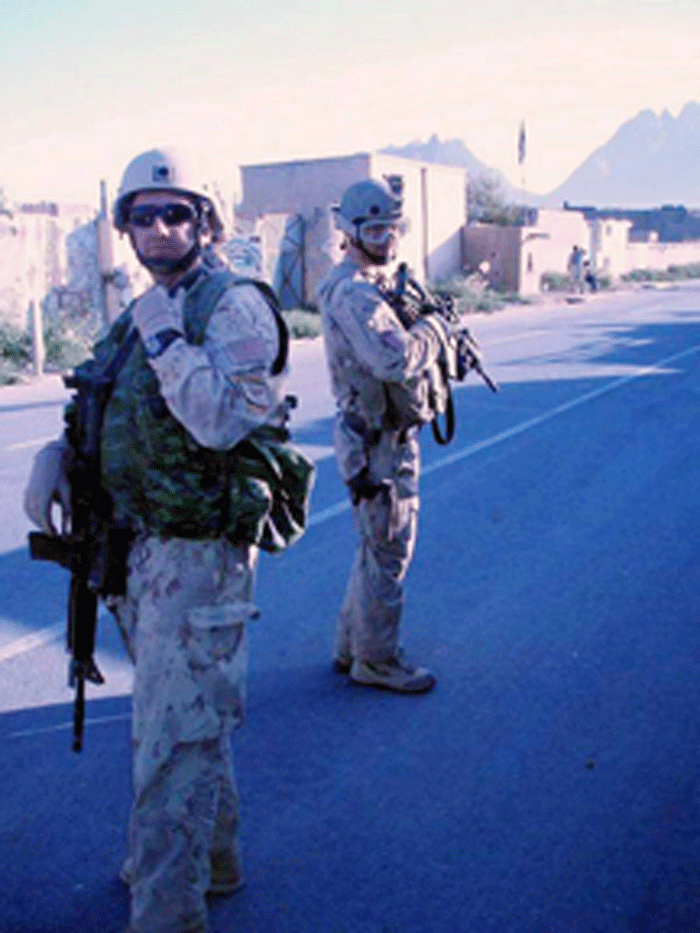



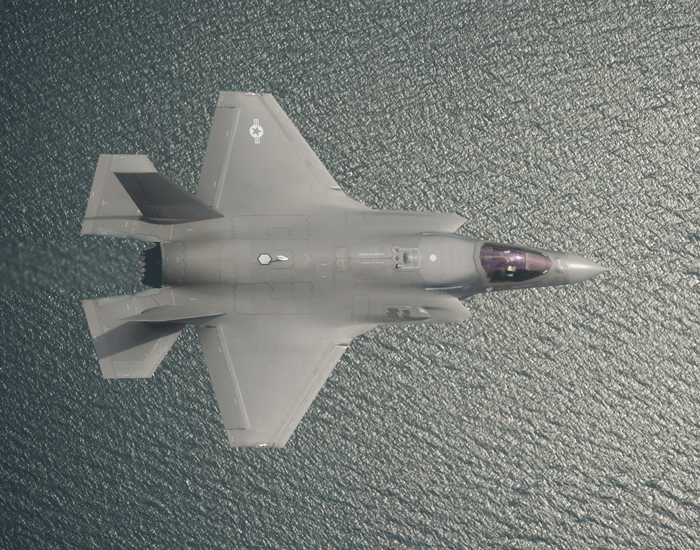

 C-17 Air Drop over Afghanistan
C-17 Air Drop over Afghanistan


